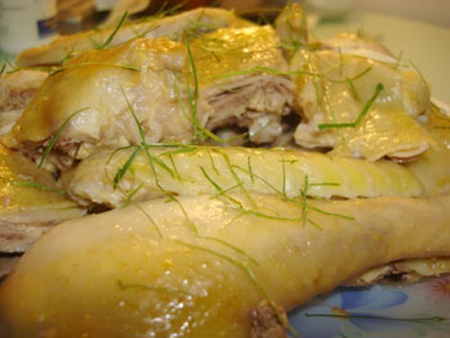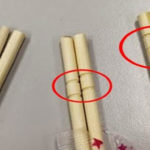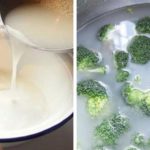However, not everyone is observant enough to choose a pre-cooked chicken that tastes good, as sellers often employ various tricks to make the pre-cooked chicken appear plump and oily.
To maximize profits, many small traders resort to dyeing the chicken with chemicals or injecting water into it to attract customers and increase its weight.
After being dyed with chemicals, the chicken acquires a yellowish color that is visually appealing to buyers. Unfortunately, less careful customers may mistake this artificially colored chicken for a naturally yellow one. To distinguish between dyed yellow chicken and normal yellow chicken, one can rely on the color of the fat inside the chicken. If the chicken is yellow but the fat is white, it has certainly been dyed with chemicals. This is because the chicken is usually immersed in the dyeing solution prior to sale, while the internal parts of the chicken remain unaffected.

Chemical dyeing and water injection pose serious health risks if consumed. Chemical dyes used on chicken can be dangerous for food consumption, while the water pumped into chicken is often mixed with prohibited additives used in the food industry. Therefore, housewives should exercise caution when purchasing chicken from sources outside of trusted markets. When selecting pre-cooked chicken, it is advisable to choose firm, naturally-colored chicken with a normal smell. A genuine chicken should have a pale yellow color and not stick to the hand when touched.
Exploring the Pros and Cons of Sleeping in an Air-Conditioned Room
Is sleeping with an air conditioner a good idea? As concerns over the adverse effects of air conditioning on our health increase, it’s important to understand the risks and rewards of using air conditioning while sleeping. Let’s examine the benefits and drawbacks of sleeping with an air conditioner, and the protective measures one should take.






































